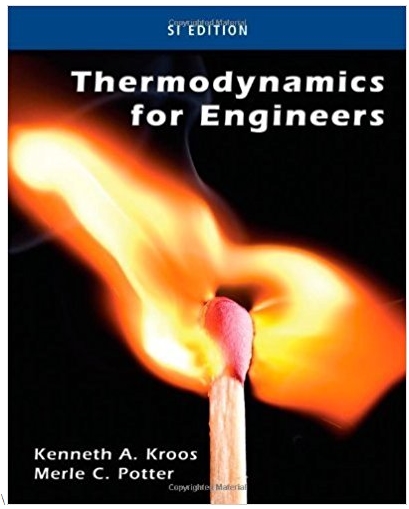Answered step by step
Verified Expert Solution
Question
1 Approved Answer
Even More Surface Tension Driven Flows In a number of cases, variations in interfacial curvature or wetting across a surface or through a microchannel can
Even More Surface Tension Driven Flows
In a number of cases, variations in interfacial curvature or wetting across a surface or through a microchannel can result in flow. This happens quite a bit in nature in dessert climates where beetles and cacti use interfacial effects to funnel condensing dew drops to their mouths or roots. We will look at slightly simpler version of those problems.
Take for example the flow shown below. Here we introduce two drops of liquids into a capillary tube. The liquids hexane and water are immiscible and wet the glass capillary tube with different contact angles. Here, and You can assume the length of the two plugs are equal, the surface tensions are given by and and the viscosities are different and given by and s
e The two liquids will spontaneously move as a droplet train through the capillary tube. In which direction will the droplets move? Justify your answer with a force calculation.
f If only one drop where introduced into the capillary tube as above, would it spontaneously move? Why or why not.
g Solve for the velocity profiles in the hexane and water phase hint they are the same, but the pressure gradients in each are different To solve this problem move away from the free interface and concentrate on the bulk flow in the middle of each of the liquid plugs.
h How do the pressure gradient in the water and the pressure gradient in the hexane relate?
i What is the average velocity of the plug of fluid?
j How could one increase the speed of the droplet motion? Points for each reasonable idea so come up with as many as possible.
Solve efg

Step by Step Solution
There are 3 Steps involved in it
Step: 1

Get Instant Access to Expert-Tailored Solutions
See step-by-step solutions with expert insights and AI powered tools for academic success
Step: 2

Step: 3

Ace Your Homework with AI
Get the answers you need in no time with our AI-driven, step-by-step assistance
Get Started


